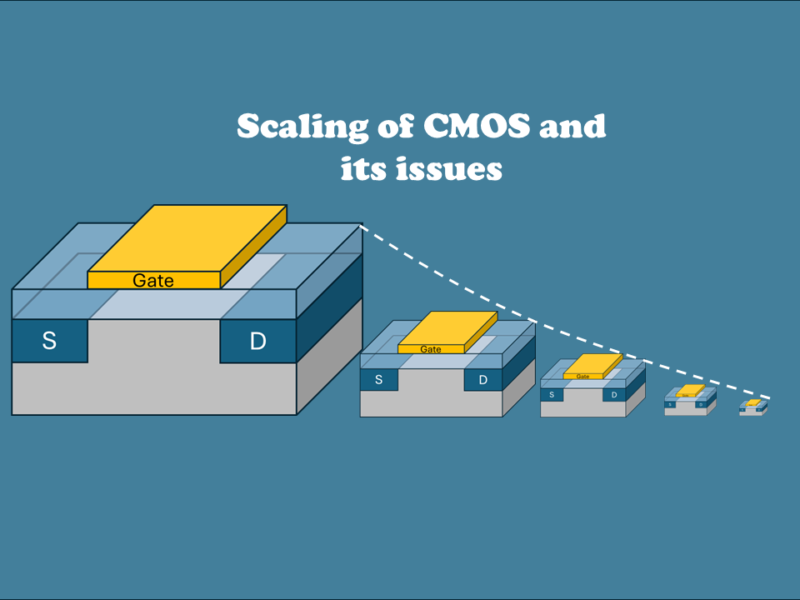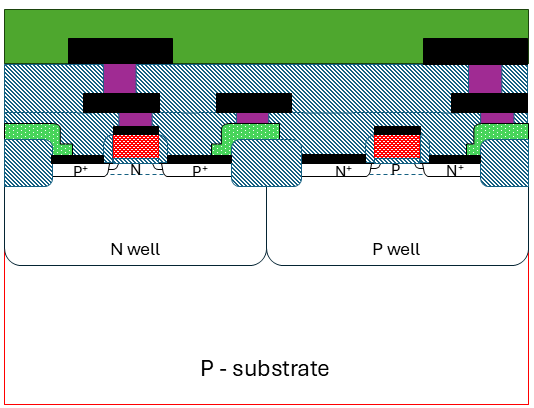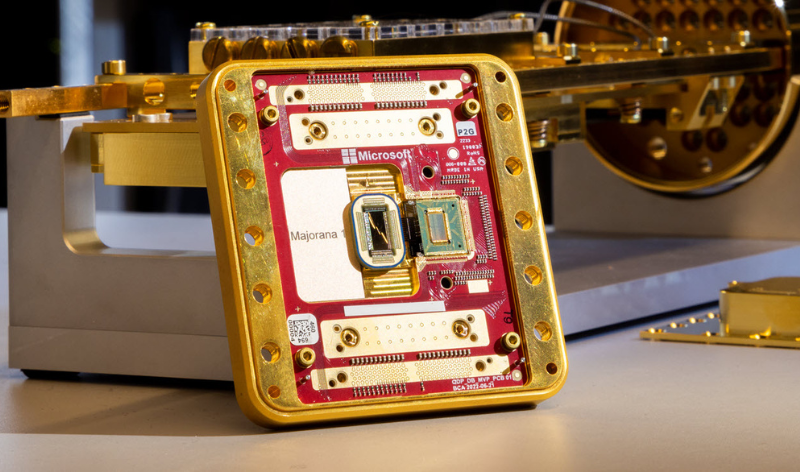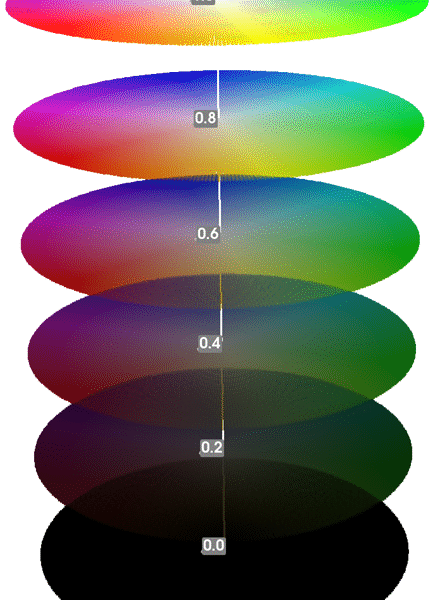Simultaneous submission or concurrent submission, is the practice of submitting the same manuscript to multiple journals at the same time. It should not be confused with duplicate submission, which involves submitting a previously published manuscript to another journal. Both practices are considered unethical and violate journal guidelines. It is also considered a form of self-plagiarism, as you are reusing the same work on multiple platforms.
Why is this a problem?
There are a few reasons why publishing the same paper in multiple journals is considered unethical behavior.
- Firstly, it can lead to a waste of precious resources, including time and effort from the journal’s editors and peer reviewers who have to take the time to read and evaluate your paper.
- Secondly, in the event that both journals decide to publish your work, there may be a potential copyright violation issue that arises, as both journals will likely claim ownership of the text. This can lead to legal problems and disputes regarding intellectual property rights.
- Additionally, publishing the same paper in multiple journals can give rise to concerns surrounding academic integrity, as it can be seen as a form of academic dishonesty.
Therefore, it’s important to carefully consider your publishing options and ensure that your work is being submitted to one appropriate journal at a time.
What can you do as author?
Simultaneous submissions may only be considered in exceptional circumstances, with the consent of all parties involved, including the author and both journals. While it is of utmost importance to uphold high ethical standards and respect intellectual property rights, there may be situations where concurrent publication is in the best interest of society as a whole. If an author has already submitted their manuscript to one journal and wishes to submit it elsewhere, the right course of action is to seek written consent from all co-authors, withdraw the manuscript from the first journal, and then proceed with the submission to the second one. To ensure a smooth and professional process, it is important to follow the steps outlined below:
- obtain written consent from all co-authors involved,
- formally withdraw the paper by sending a letter to the first journal editor, and submit the paper to the second journal as soon as possible. These measures will help to maintain the integrity and transparency of the publication process.
You may also like


















